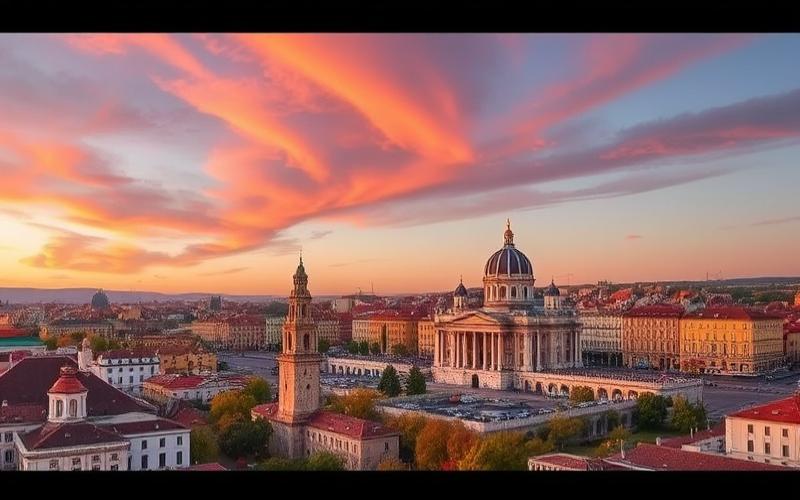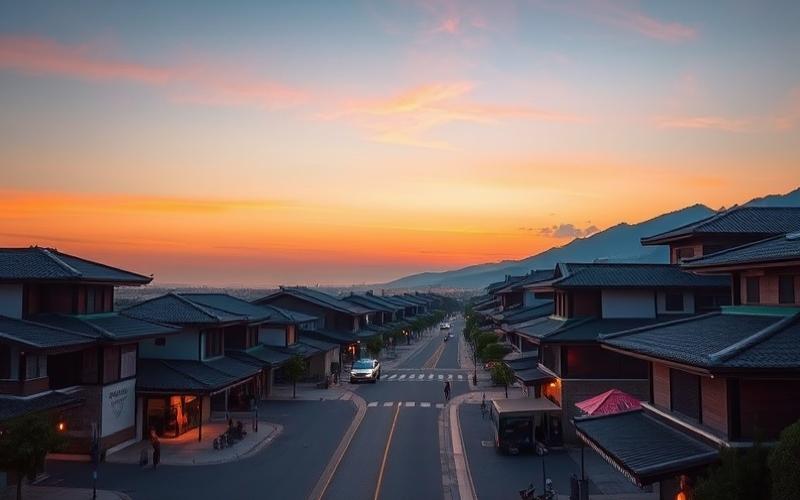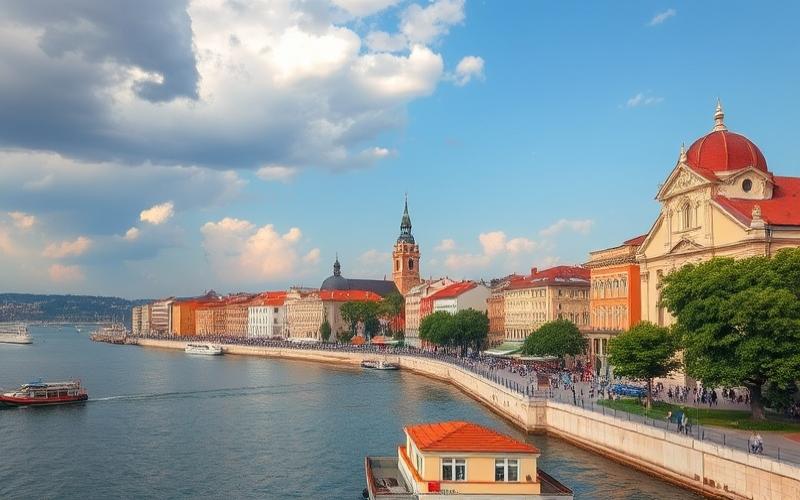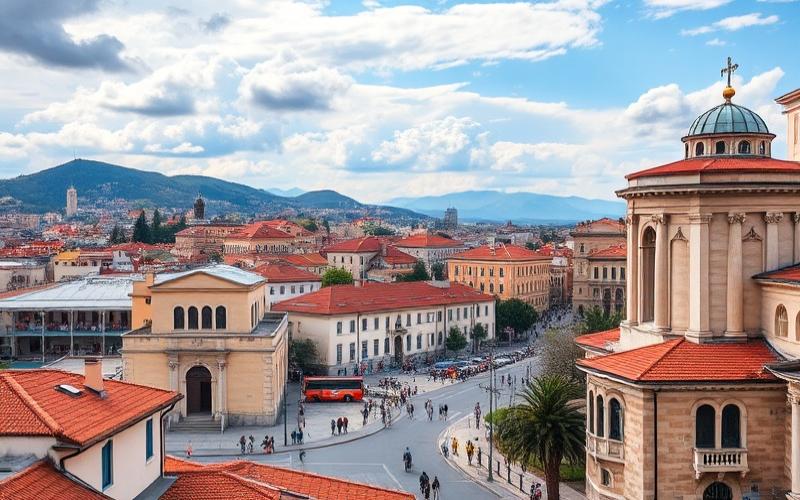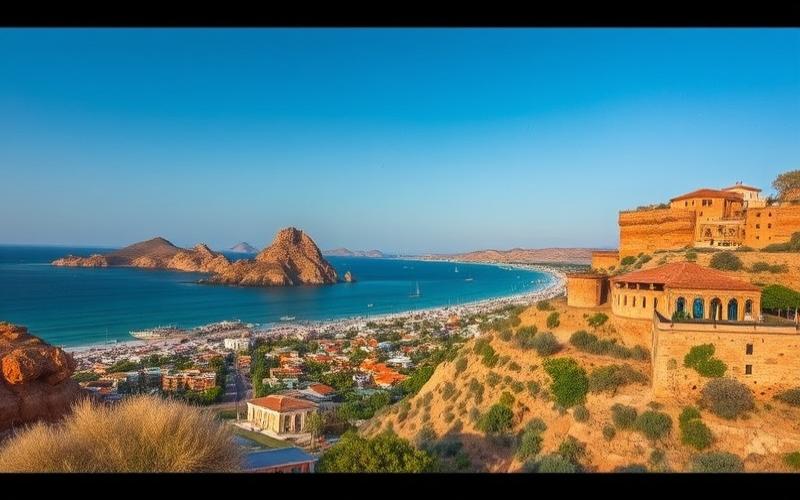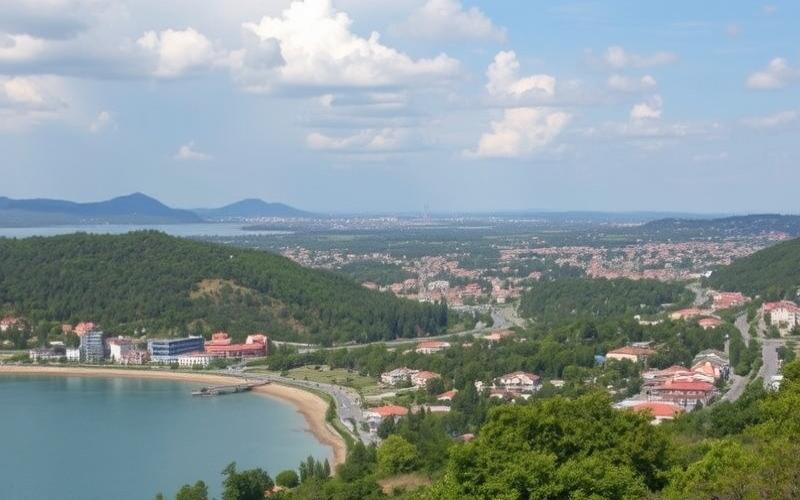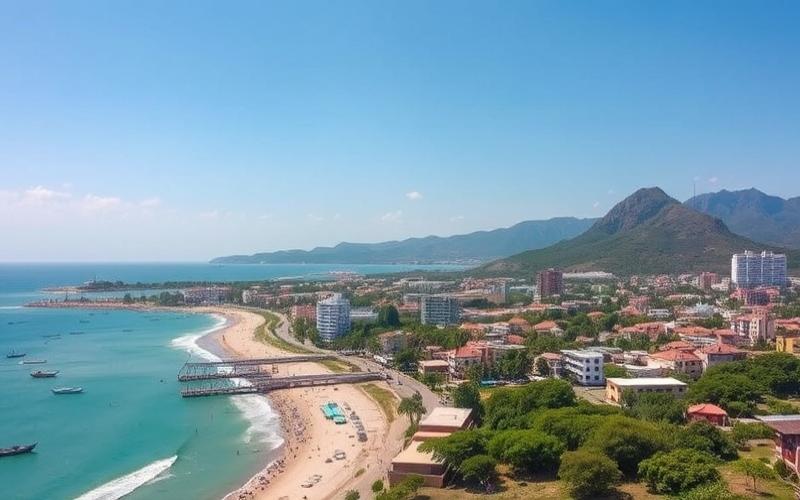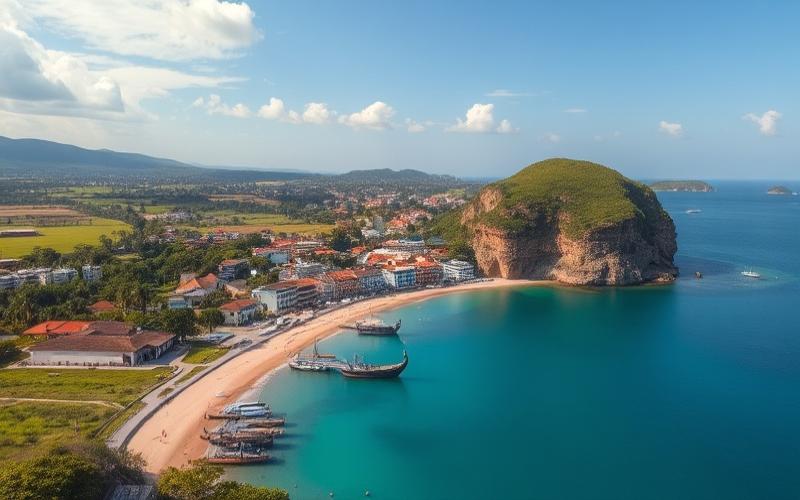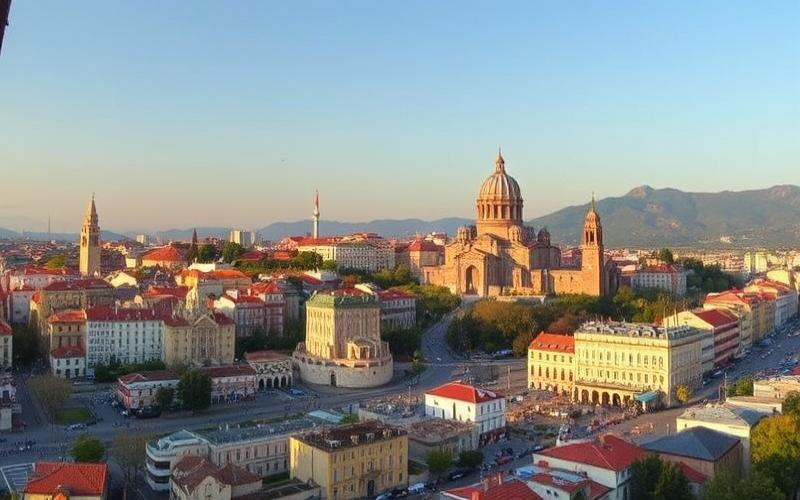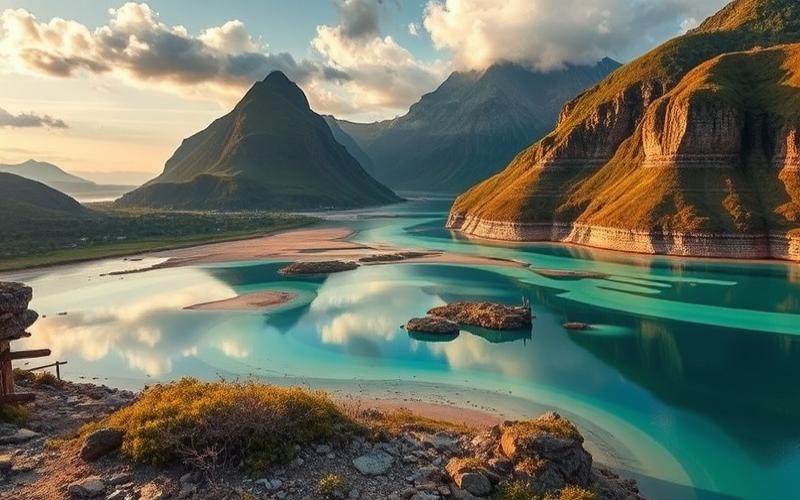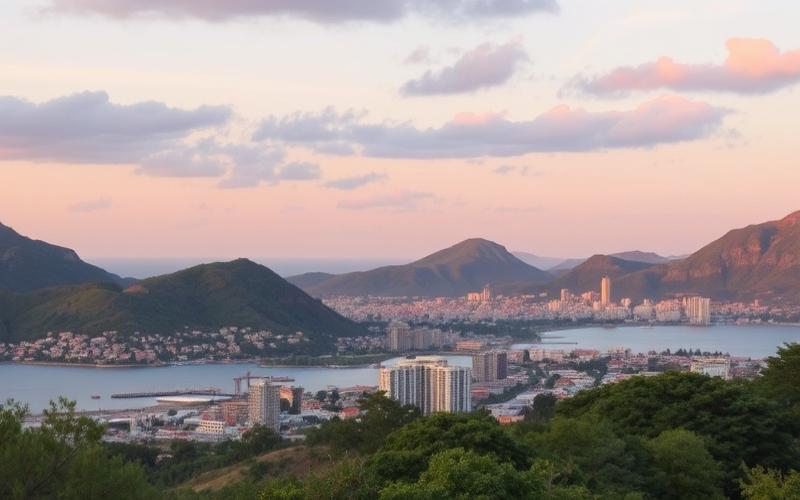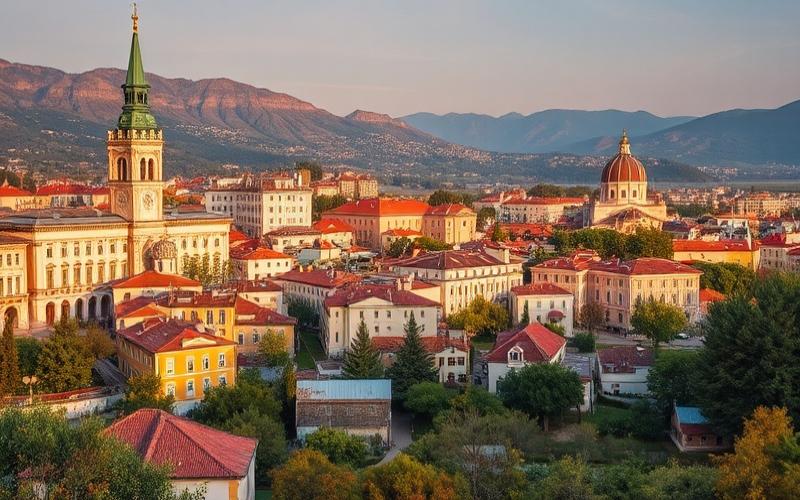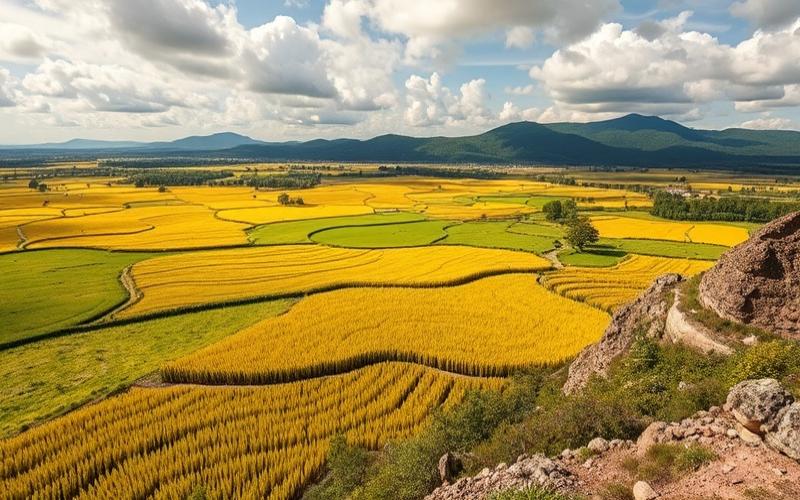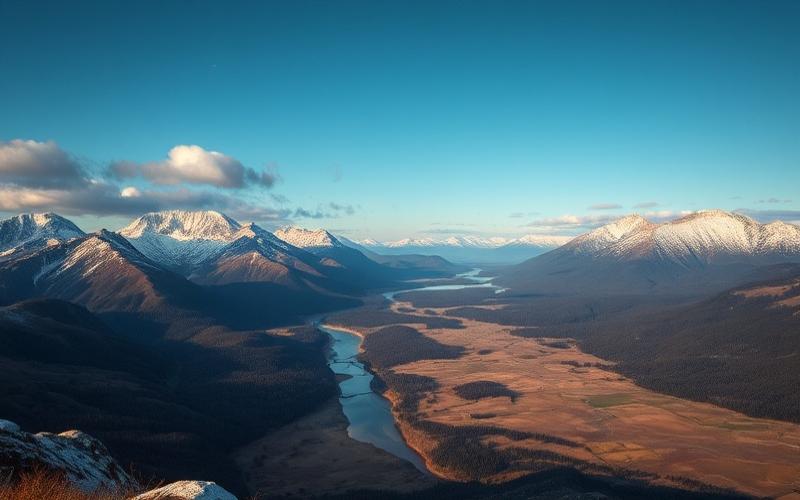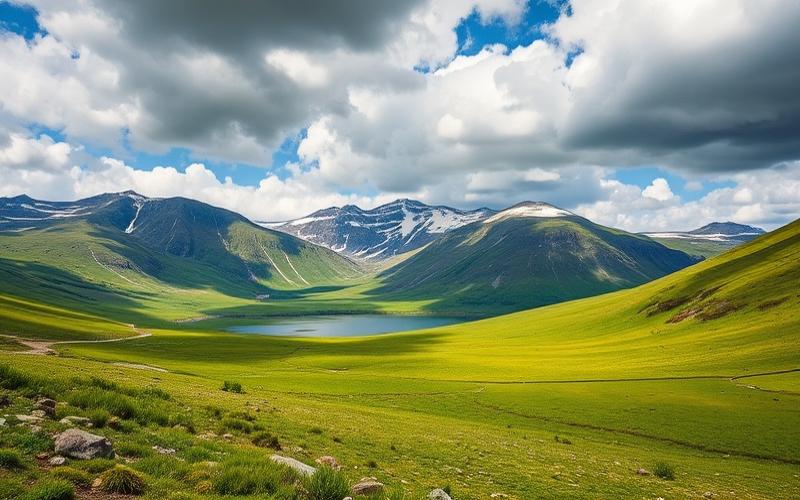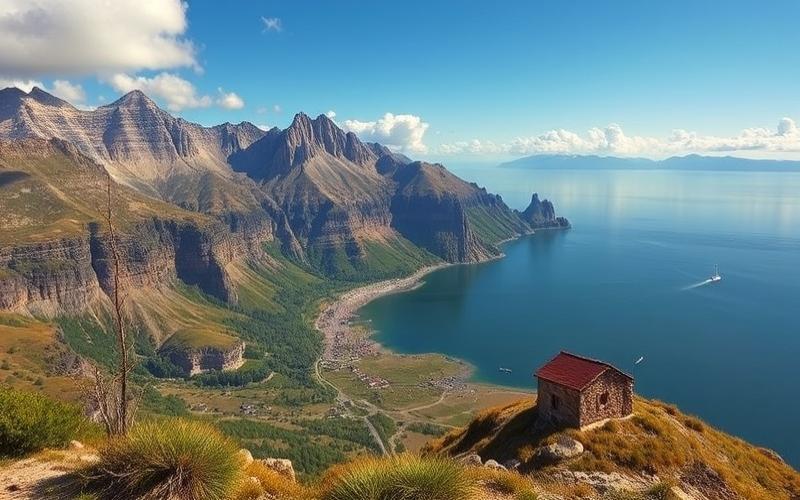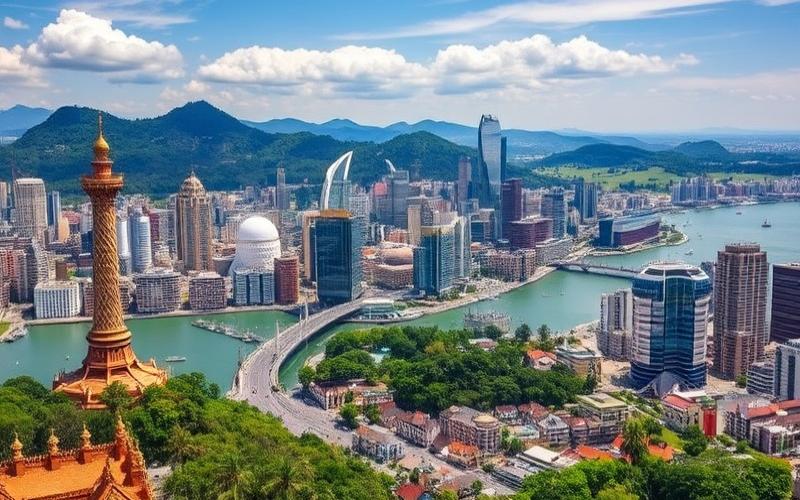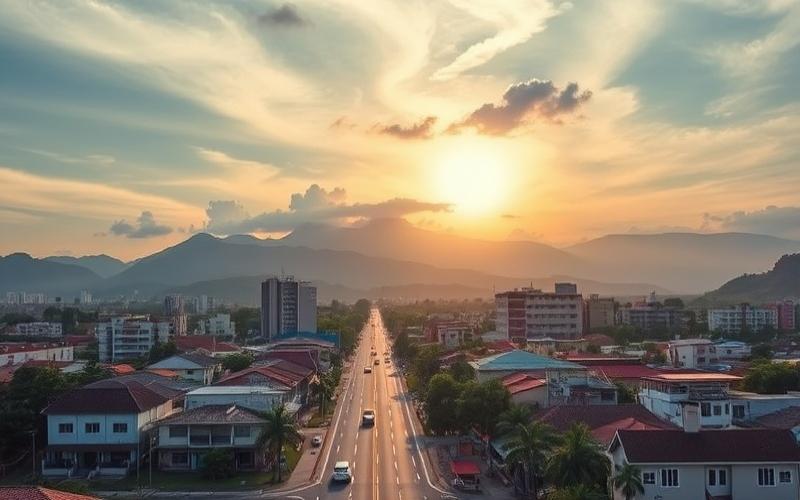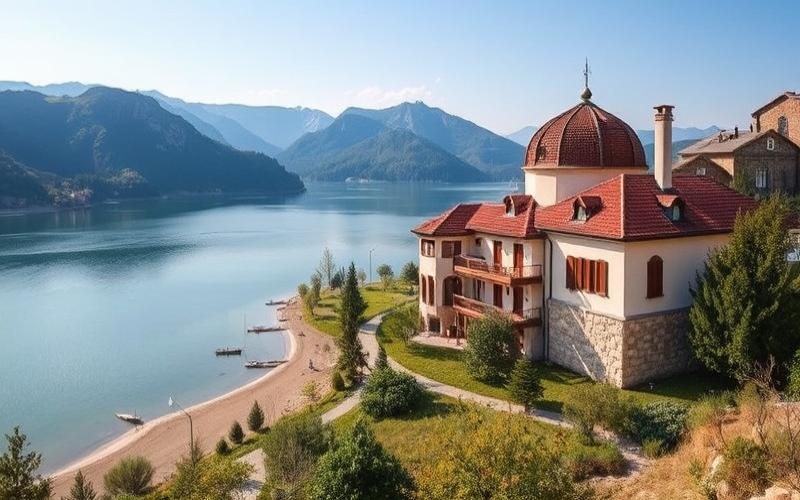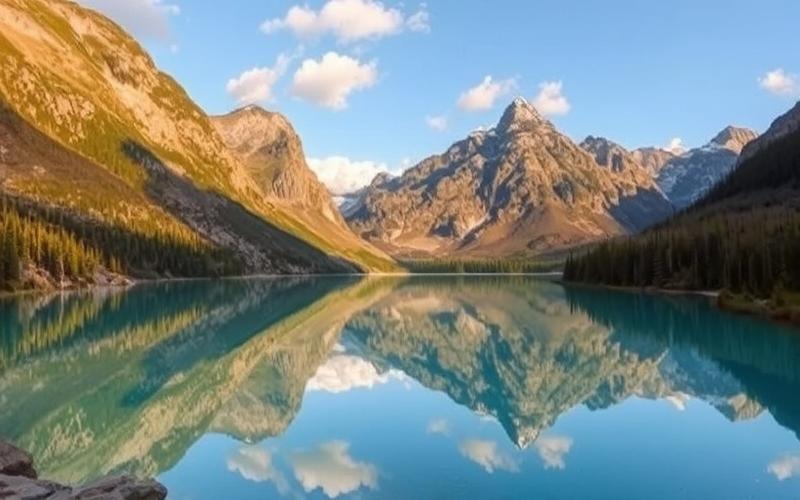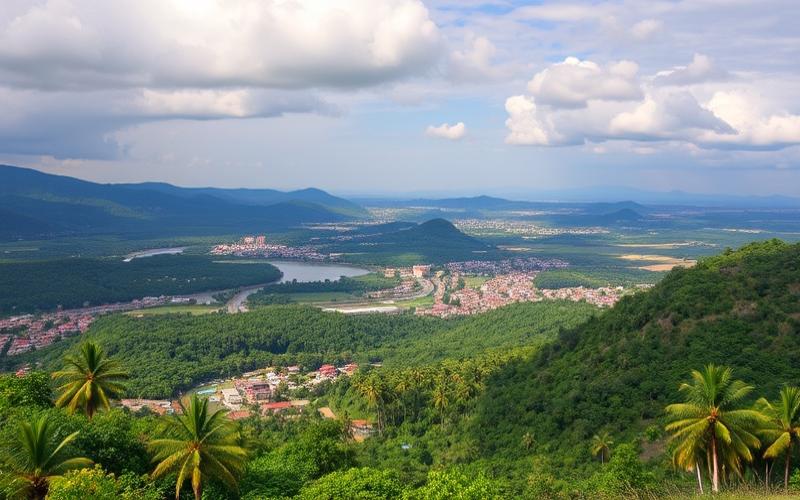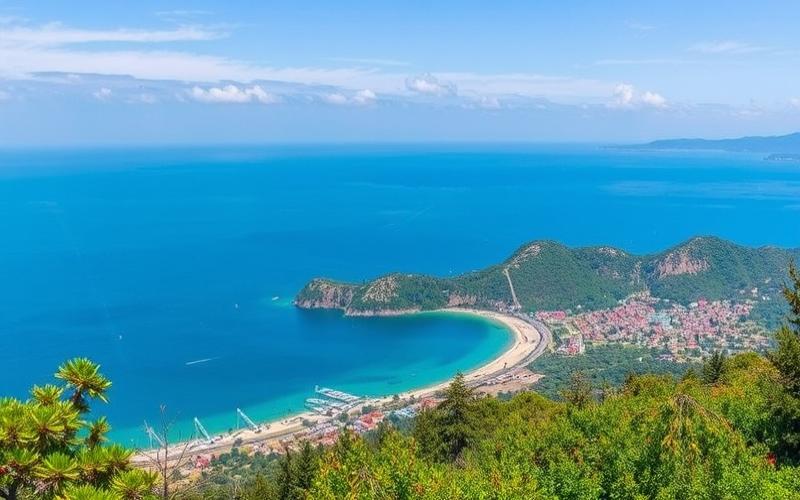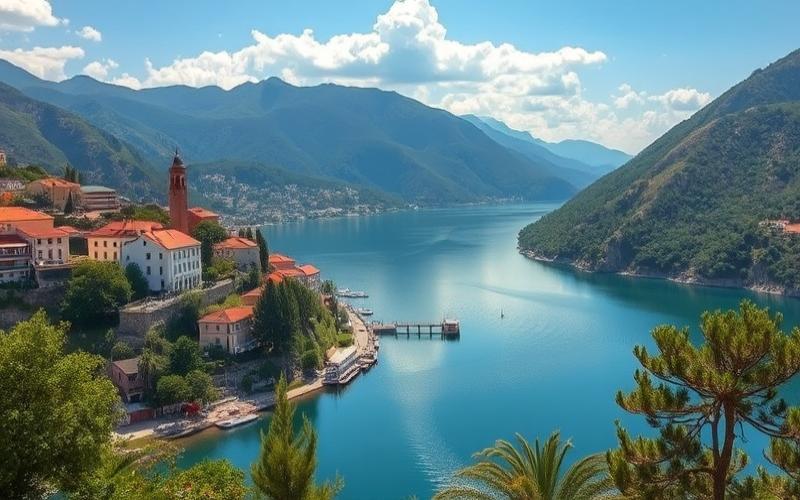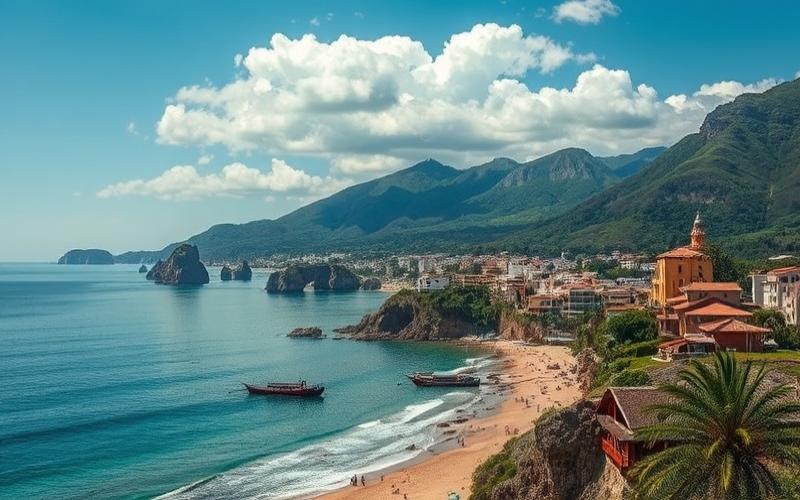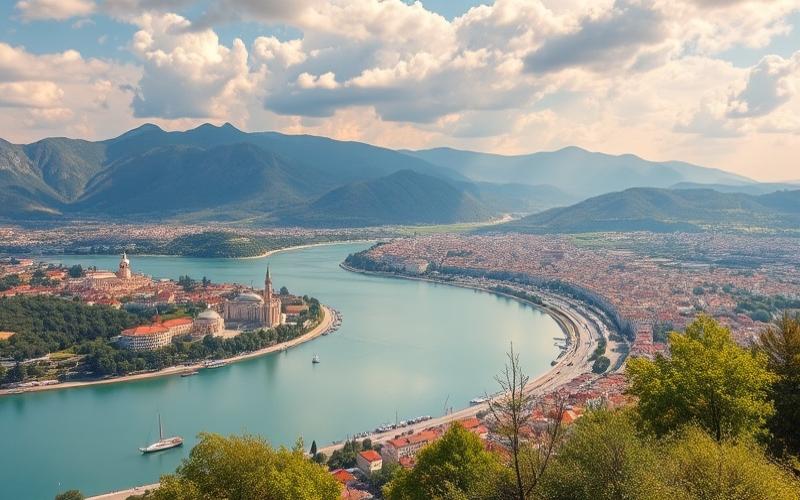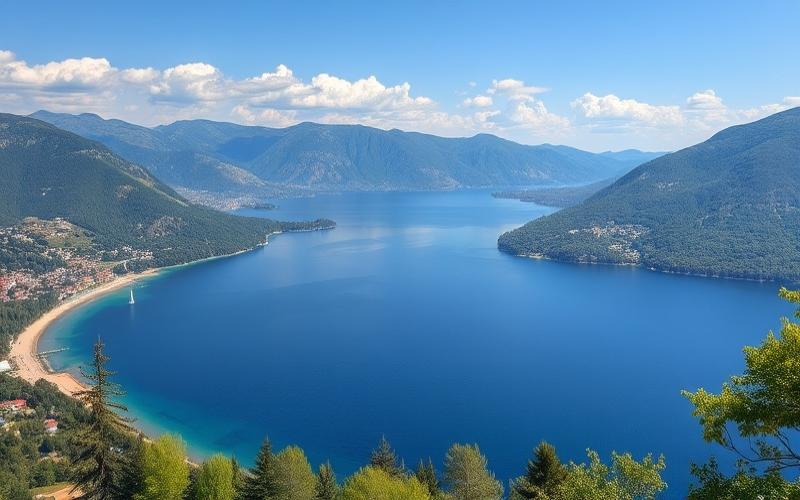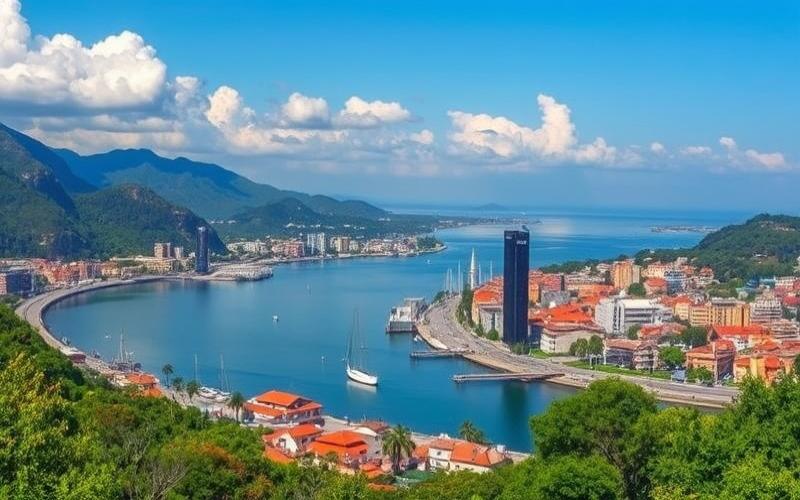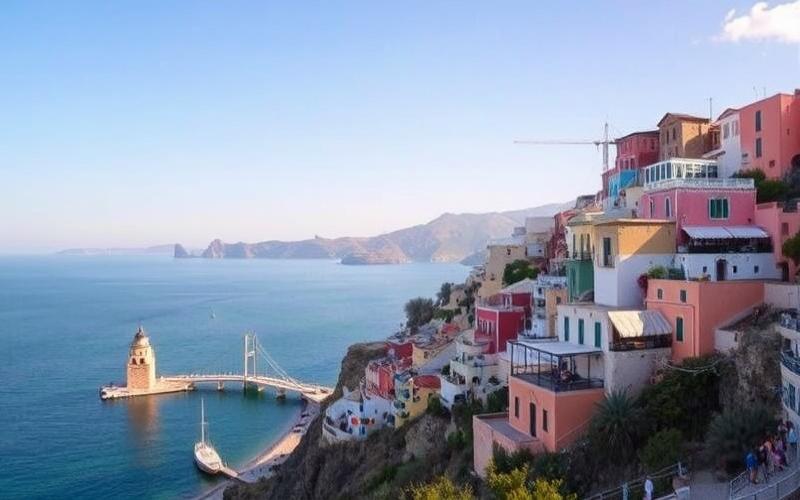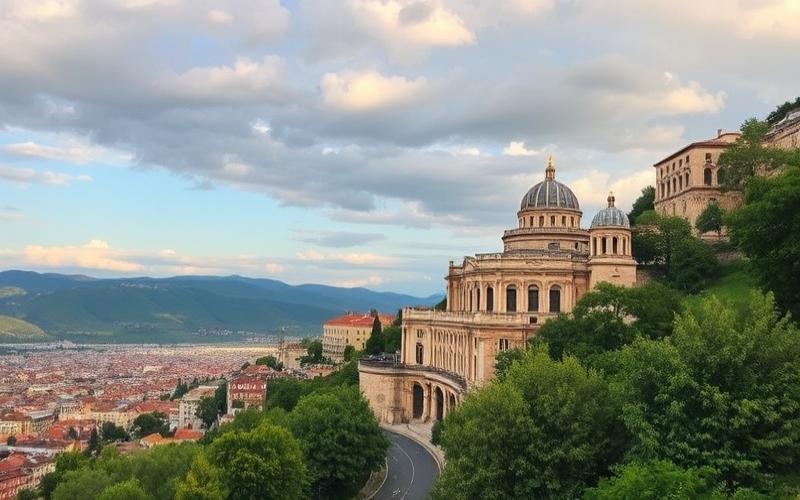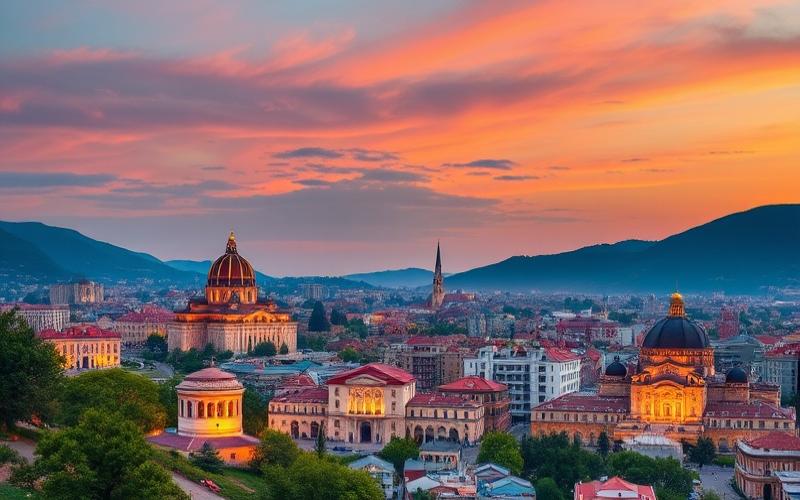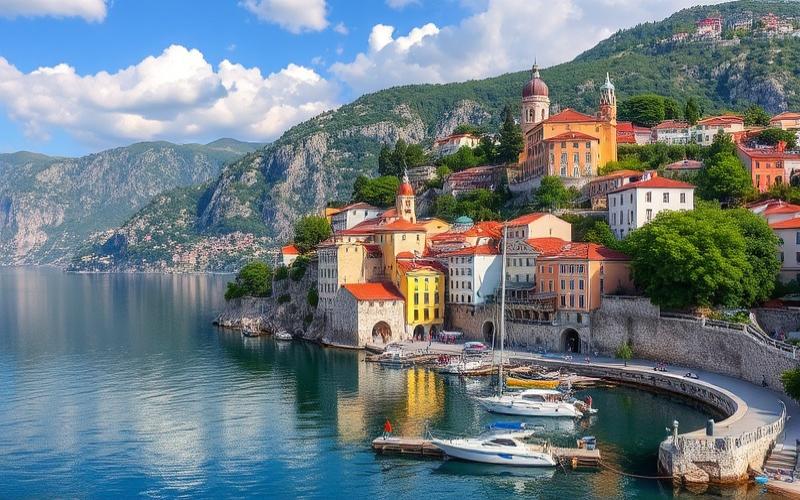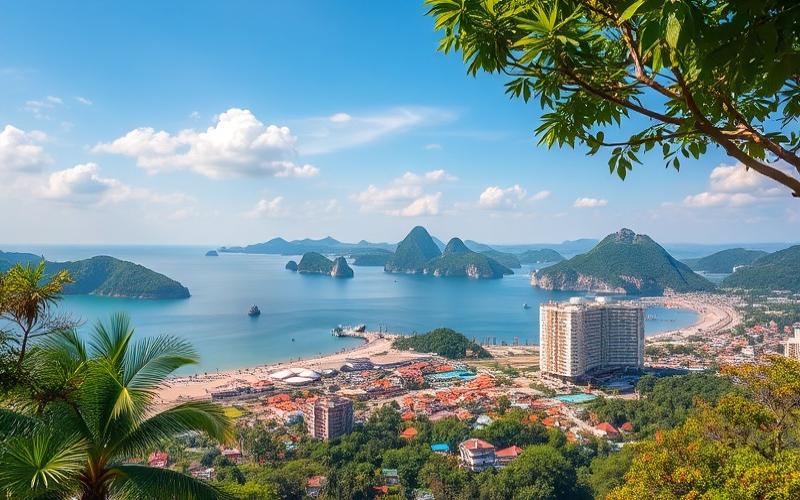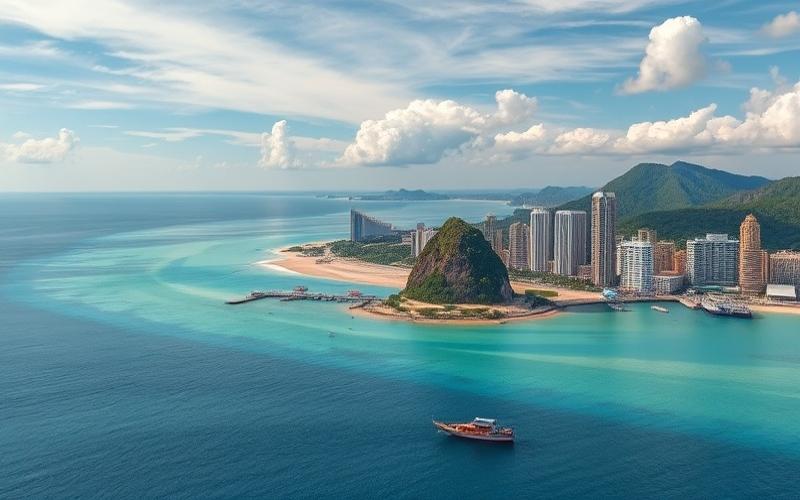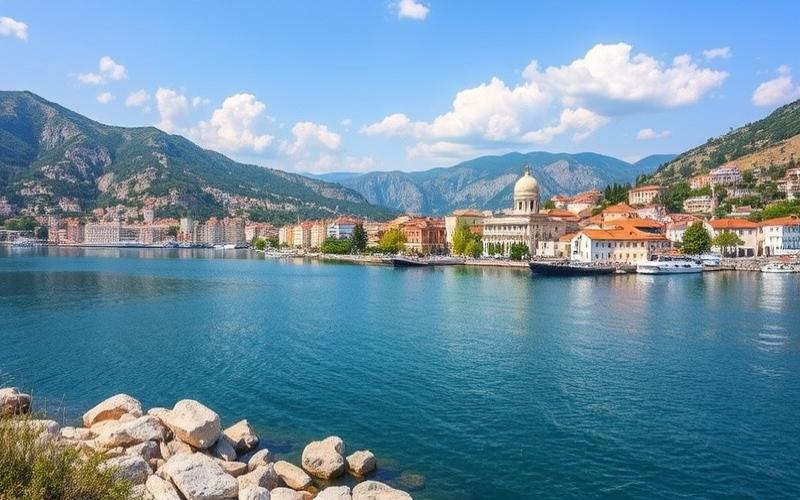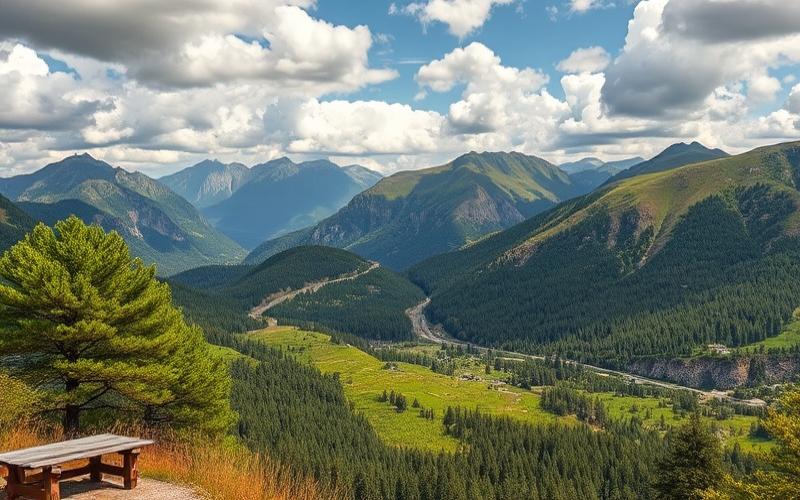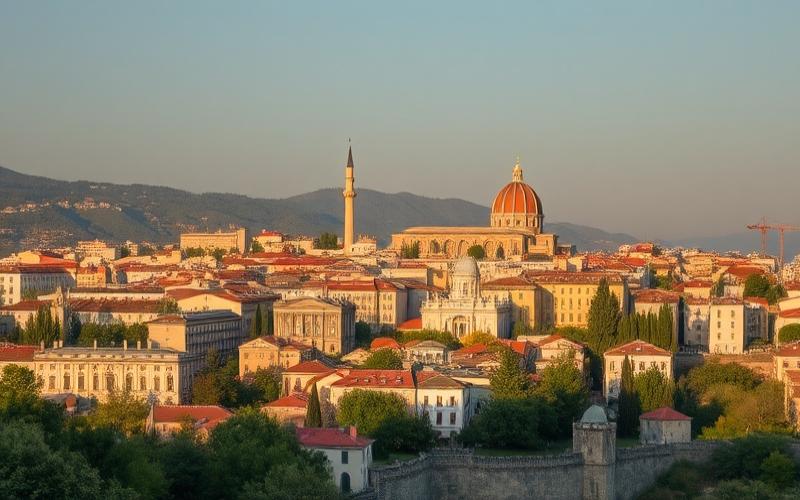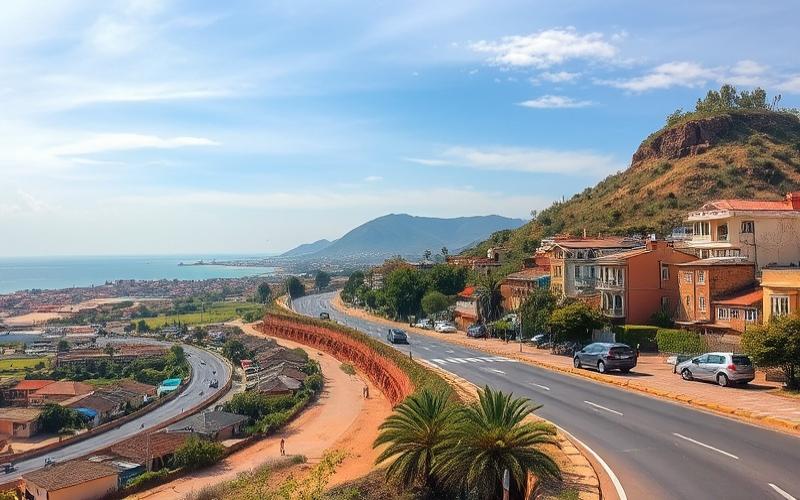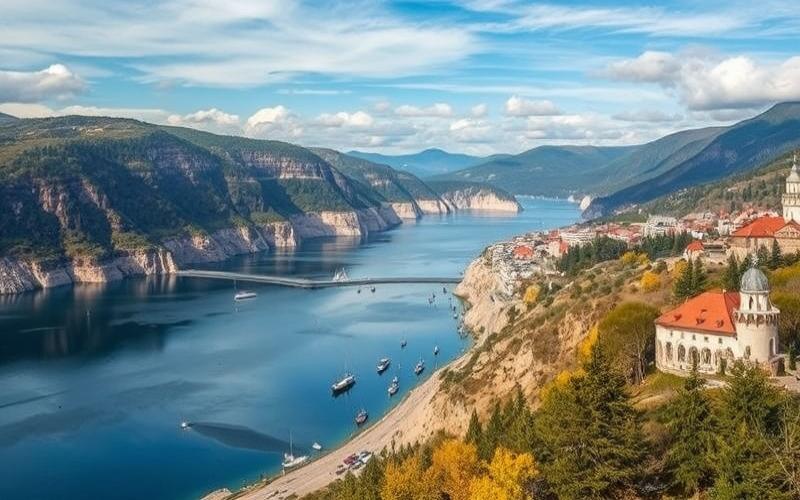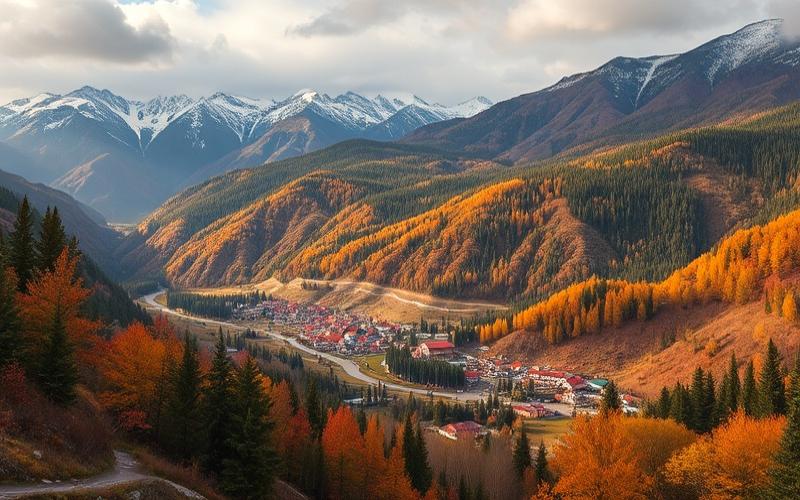
 Published on and written by Cyril Jarnias
Published on and written by Cyril Jarnias
Artist Villages in North Macedonia: Between Culture and Profitability
Nestled in the heart of the country, North Macedonia’s artist villages stand as vibrant hubs of creativity and cultural innovation, attracting a diverse community of artists from around the world.
While visitors flock to capture a fragment of this unique creative atmosphere, these artistic havens raise questions about their true role: do they represent an essential cultural investment that enriches the national heritage, or are they primarily an economically profitable venture for investors and local tourism?
This article explores the multiple facets of this fascinating equation, where culture and profitability meet in a delicate balance.
Good to Know:
Artist villages in North Macedonia are often located in preserved natural settings, offering an endless source of inspiration for creators.
Artist Villages: Catalysts for North Macedonia’s Cultural Scene
Artist villages in North Macedonia play a central role in the vitality of the country’s cultural scene, acting as hubs for creation, exchange, and artistic dissemination. These villages become living laboratories where local traditions meet contemporary innovations.
Some Iconic Villages
| Village | Cultural Specificities | Artistic Activities |
|---|---|---|
| Krusevo | Highest town in the country | Exhibitions, art workshops, music festivals |
| Tetovo | Rich craft traditions | Woodworking, heritage exhibitions |
| Gorno Nerezi | Proximity to Skopje | Saint Panteleimon Monastery: Byzantine frescoes |
Cultural Activities in These Villages
- Exhibitions bring together local and international artists around visual arts (contemporary or iconographic painting), often organized in traditional houses or outdoors.
- Workshops allow young creators and foreign visitors to experiment with ancient techniques (woodworking in Tetovo) or modern practices (photography, sculpture).
- Annual events, such as art festivals in Krusevo or themed weeks around Byzantine art in Gorno Nerezi, attract diverse audiences.
Impact on Local Culture
- Valorization and transmission of ancestral know-how.
- Job creation for artisans and cultural mediators.
- Strengthening community spirit through collective event organization.
National Impact
- These villages contribute to overall cultural influence by often serving as showcases during national tourism campaigns.
- They also inspire major cities through their ability to nurture new talents.
Artist Testimonials
“Here, I find a rare creative freedom. Direct contact with heritage stimulates my work,” explains a painter based in Krusevo.
“Daily exchange with local artisans nourishes my contemporary practice while grounding me in living history,” states a sculptor based near Tetovo.
These villages now attract an international audience: curious tourists as well as artists coming for residencies. This openness fosters cross-pollination between Balkan cultures and foreign influences; it undeniably enhances North Macedonia’s international cultural reputation. The growing interest in these initiatives not only contributes to local economic dynamism but also positions the country on the European map as an emerging artistic destination.
Good to Know:
In North Macedonia, villages like Krušhevo and Galichnik have become centers of cultural vitality, attracting artists who participate in exhibitions, workshops, and festivals. These villages host events such as the Galichnik Art Festival which draws visitors from around the world, thereby boosting the local economy and strengthening national cultural visibility. Artists and residents testify to the positive impact of these artistic interactions on their work and on Macedonian culture. The influx of international tourists to these villages helps shape North Macedonia’s reputation as a cultural destination, while creating a space conducive to creative exchanges and mutual enrichment between local and international artists.
Creative Communities and Real Estate Impact in North Macedonia
The emergence of artist villages in North Macedonia is part of a dynamic of rural revitalization and cultural valorization, particularly evident in certain localities that have experienced mass population exodus. These creative communities play a significant role in the local real estate market and the socio-economic transformation of affected regions.
Artist villages attract new residents – artists, artisans, intellectuals – as well as investors sensitive to cultural and tourism potential. Their presence contributes to the renovation of often neglected traditional buildings, the opening of galleries, workshops, or artist residencies, which directly stimulates the real estate market through:
- A gradual price increase due to growing demand for old or unique houses
- Restoration of abandoned architectural heritage
- Emergence of investments for tourist infrastructure (guest rooms, cultural cafes)
A striking example is the village of Babino, once known for its unique library and pool of teachers. While Babino suffered deep demographic erosion (three permanent residents today compared to 800 in the past), cultural valorization around its library has allowed the village to maintain regional influence. This type of cultural initiative periodically attracts visitors and the curious, giving deserted places a second life.
| Village | Artistic/Cultural Initiative | Environmental Impact |
|---|---|---|
| Babino | Independent library | New attractiveness despite depopulation; pilot cultural project |
| Neighboring villages | Folklore festivals | Temporary economic revival during events |
Culture acts as an economic driver: artistic festivals or creative residencies encourage local development (seasonal accommodation, crafts) while strengthening identity. This also fosters the creation of a diverse social fabric where longtime residents and newcomers motivated by an art-centered lifestyle coexist.
However, this dynamic presents several major challenges:
- Increased risk of gentrification: rising real estate costs gradually excluding local populations.
- Potential loss of authenticity if commercial logic overrides vernacular traditions.
- Excessive dependence on seasonal cultural tourism potentially weakening the local economy off-season.
To preserve the balance between cultural preservation and sustainable real estate development:
Recommended approaches:
- Encourage public policies favoring rehabilitation over architectural replacement;
- Actively involve local communities in cultural projects so they remain direct beneficiaries;
- Limit land speculation through quotas or land reserves for authentically rooted creative activities;
- Promote tourist offerings respectful of local rhythms via “preserved local culture” labels.
The Macedonian experience shows that when these villages become artistic hubs while maintaining their living roots through shared governance between old and new residents, they can combine sustainable economic dynamism with authentic heritage transmission.
Good to Know:
In North Macedonia, the emergence of artist villages like Kratovo and Struga revitalizes the local real estate market, attracting both new residents and investors seeking an inspiring living environment. These creative communities energize local economies by placing culture at the heart of their development, transforming once sparsely populated areas into vibrant cultural activity hubs. However, this growth comes with challenges such as gentrification, where rising real estate prices threaten to displace local residents. To reconcile cultural preservation and sustainable development, it is recommended to implement affordable housing policies and encourage responsible investments that respect local heritage, thus preserving authenticity while promoting inclusive economic growth.
Renovation and Transformation of Farms into Artistic Spaces
The use of farms in North Macedonia dates back to the Neolithic period, with an agricultural tradition rooted in the country’s fertile valleys. Over centuries, these spaces formed the foundation of the rural and community economy. For several decades, particularly after independence and facing massive rural exodus that emptied many villages, some abandoned agricultural buildings have been rehabilitated to serve as places dedicated to culture and contemporary arts. This dynamic often fits within a context of heritage preservation and social innovation, encouraged by local initiatives or sometimes supported by public or associative partnerships.
The transformation process of a farm into an artistic space involves several key steps:
- Architectural assessment to identify heritage elements to preserve.
- Structural renovation (roofs, load-bearing walls), thermal improvement, and public access adaptation.
- Modular interior layouts to host exhibitions, workshops, or residencies while preserving rural authenticity.
- Compliance with safety/accessibility standards according to national cultural legislation.
Artists, whether local or international, play a driving role in this reconfiguration. They actively participate in space design to meet specific needs for collective or individual creation. Artist residencies organized on site foster dialogue between disciplines (visual arts, typical folk music of the country) as well as interactions with remaining inhabitants or temporary visitors. These collaborations can take various forms:
- Open workshops directly involving the local population
- Intergenerational projects around oral heritage
- Seasonal festivals mixing invited artists and regional creators
The local economic impact manifests primarily through:
| Economic Effect | Description |
|---|---|
| Job creation | Renovations (construction), cultural management |
| Tourist attractiveness | Increased visitor numbers during events |
| Heritage valorization | Sustainable rehabilitation of rural buildings |
Artistic renaissance also contributes to partial maintenance of local services (temporary accommodation, restaurants) even if it doesn’t fully compensate for demographic deficit.
Among the challenges encountered are:
- Chronic difficulties accessing sustainable funding: limited public subsidies; dependence on foreign patrons.
- Administrative complexity related to architectural conservation regulations.
- Occasional opposition from residents fearing excessive folklorization or loss of authentic agricultural identity.
Criticism also arises regarding long-term financial sustainability: without structured national policy or solid decentralized cultural support network, many fear these initiatives will remain marginal compared to global rural development challenges.
“In some Macedonian villages emptied by rural exodus but rich in traditional built heritage… sometimes only a few permanent residents remain to testify to former collective dynamics”
Good to Know:
In North Macedonia, traditional farms, once symbols of a prevalent agricultural economy, are experiencing a second life by becoming spaces dedicated to art through initiatives supported by partnerships between the government and cultural organizations. The transformation of these buildings requires significant renovations, combining modernization and respect for heritage, often conducted with active collaboration from local and international artists, which strengthens community ties. Artist residencies, like those in the Mariovo region, illustrate this dynamic, promoting tourism and generating jobs, while valorizing heritage. However, these projects must overcome financial and regulatory challenges, with some critics highlighting concerns about their long-term viability within the national economic and cultural framework.
The Emergence of Creative Eco-Villages: A Sustainable Economic Model?
The emergence of creative eco-villages in North Macedonia fits into a global dynamic of seeking sustainable economic models, integrating both environmental preservation and cultural valorization. Although the country doesn’t yet have eco-villages as emblematic as those in Western Europe or North America, several recent initiatives and pilot projects demonstrate growing interest in this model.
Concrete Examples and Local Initiatives:
- Vevčani Village: recognized for its traditional carnival listed as intangible heritage, this village has begun transitioning toward ecological tourism by highlighting its protected natural springs and homestays. Seasonal artistic workshops are regularly organized there.
- “Green Village” Project near Lake Prespa: initiative bringing together young local entrepreneurs around ecological constructions (earth houses), organic market gardening, and hosting international artists for temporary residencies.
- Rural Artist Residencies in Pelagonia: several Macedonian cultural associations collaborate with local communities to transform abandoned hamlets into shared creation spaces (painting, traditional music), while restoring old buildings using ecological techniques.
Contribution to Environmental Preservation and Local Culture:
- Priority use of bio-sourced or recycled materials during renovations
- Establishment of short food supply chains (permaculture, shared gardens)
- Continuous valorization of intangible heritage (folk tales, textile crafts)
- Biodiversity awareness through organization of nature workshops open to visitors
Economic Aspects and Financial Sustainability:
| Main Source | Economic Mechanism |
| Cultural tourism | Eco-responsible accommodation, heritage guided tours |
| Artistic events | Seasonal festivals mixing visual arts/music/local dance |
| Direct sales | Handcrafted products from collective workshops |
| Training/hosting | Thematic internships open to tourists/international visitors |
These activities not only generate regular income allowing collective maintenance but also support local artists through:
- Direct sales without intermediaries
- Shared logistical support reducing fixed costs
- Job creation related to green tourist hospitality
Community Participation and External Involvement:
Residents are generally involved from launch through cooperatives or associations; some projects also benefit from:
- Private investments from international cultural patronage
- Occasional subsidies allocated by the Macedonian Ministry of Culture or certain European agencies dedicated to sustainable rural development
However, while these aids sometimes facilitate logistical startup or international visibility through occasional event funding, their continuity remains fragile. The real challenge therefore lies in:
“Progressive empowerment through a hybrid model combining green micro-tourism, local artistic direct sales, and increased citizen involvement”
International Comparison:
| Country | Inspiring Model | Specificities |
| Scotland | Findhorn Ecovillage | Energy autonomous houses; giant community garden; regular artistic programming |
| United States | EcoVillage at Ithaca | Passive housing + open cultural center |
| Sweden | Suderbyn Ecovillage | Complementary currency favoring local artistic exchanges |
North Macedonia shares with these examples a dual will: to foster social innovation AND rural cultural safeguarding – even if its economic fabric remains more fragile due to lack of massive structural public support.
Thus,
Macedonian creative eco-villages emerge as living laboratories where sustainable local development, ecological protection, and intergenerational transmission of traditional know-how converge
Disclaimer: The information provided on this website is for informational purposes only and does not constitute financial, legal, or professional advice. We encourage you to consult qualified experts before making any investment, real estate, or expatriation decisions. Although we strive to maintain up-to-date and accurate information, we do not guarantee the completeness, accuracy, or timeliness of the proposed content. As investment and expatriation involve risks, we disclaim any liability for potential losses or damages arising from the use of this site. Your use of this site confirms your acceptance of these terms and your understanding of the associated risks.

